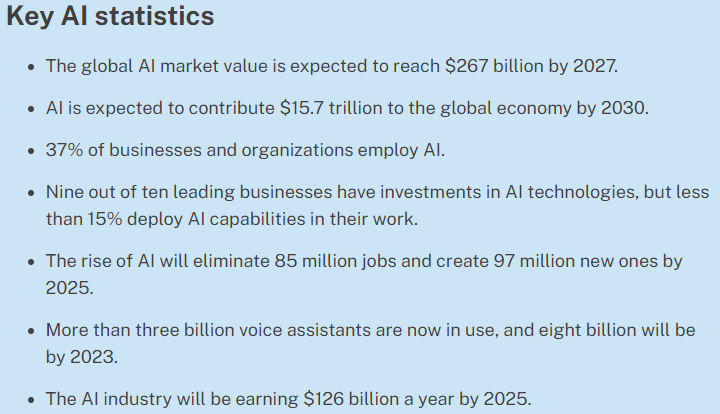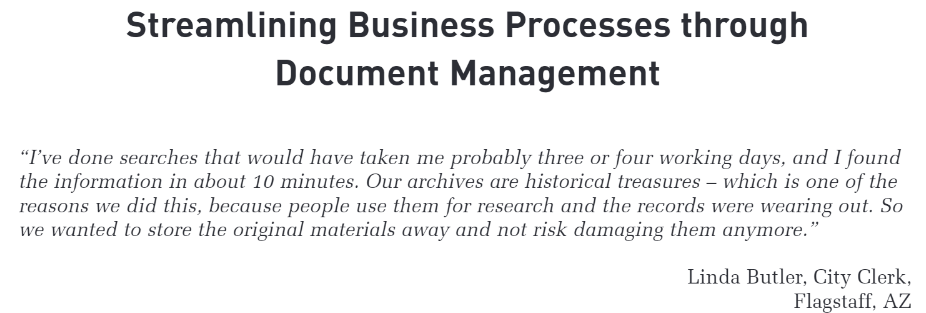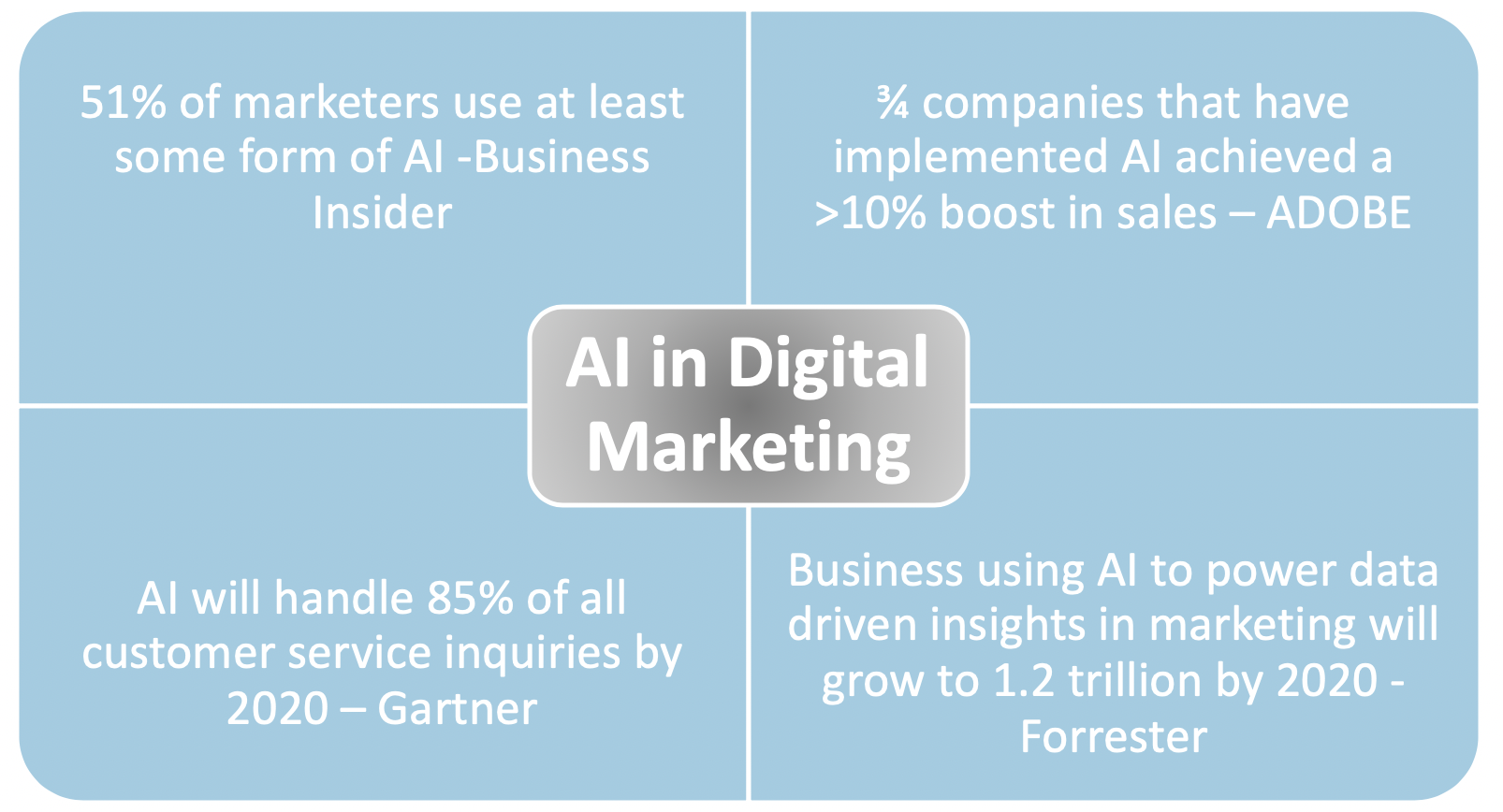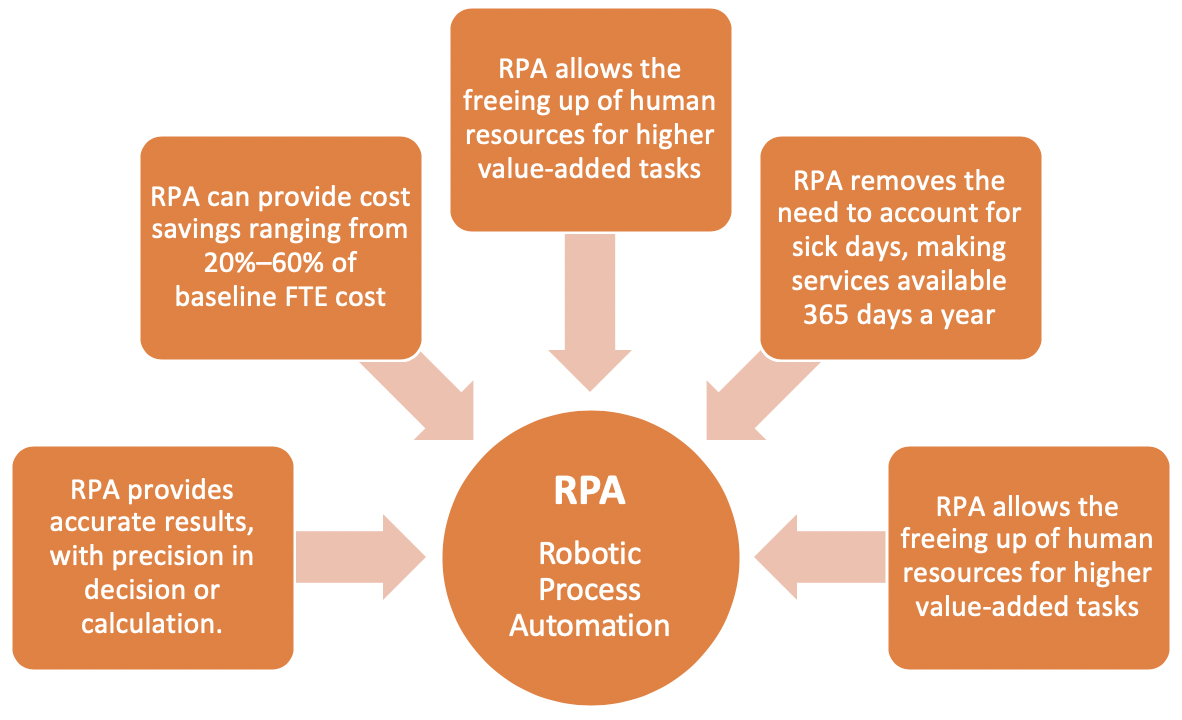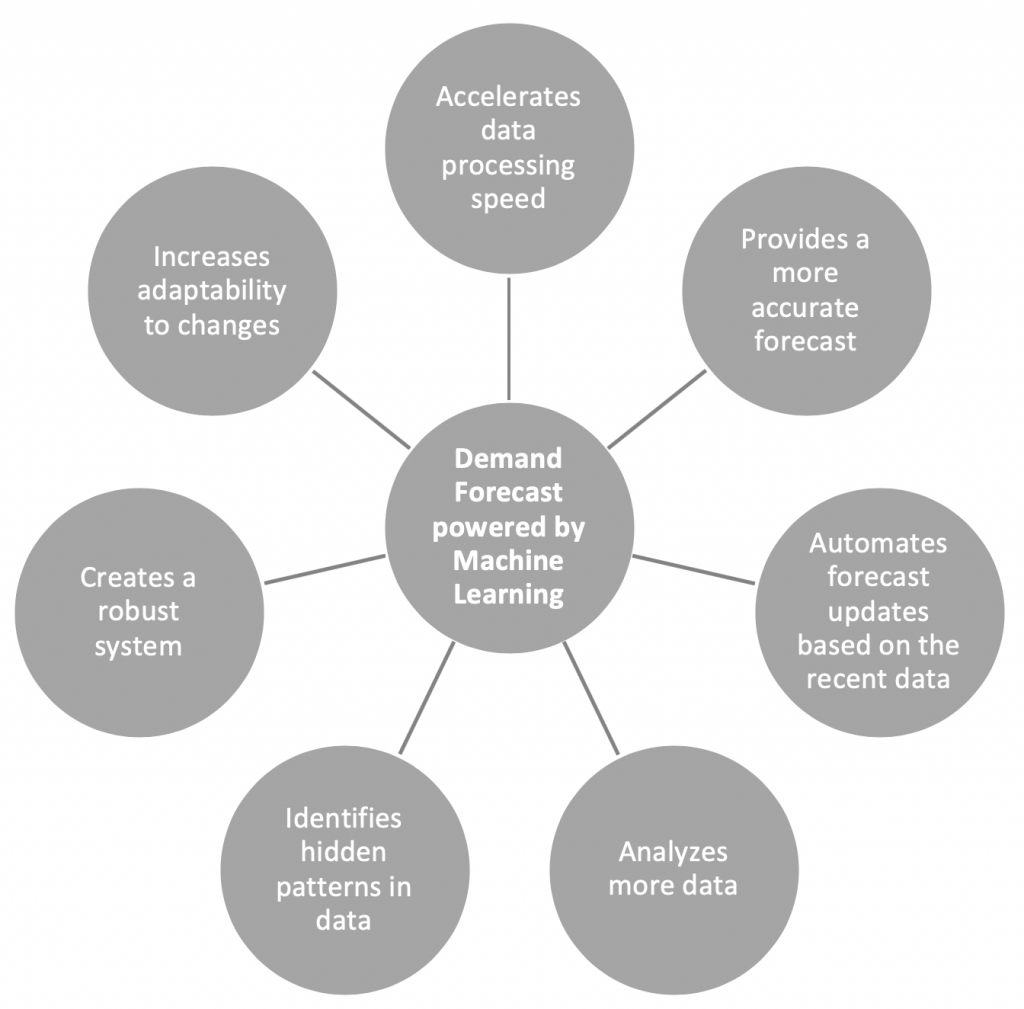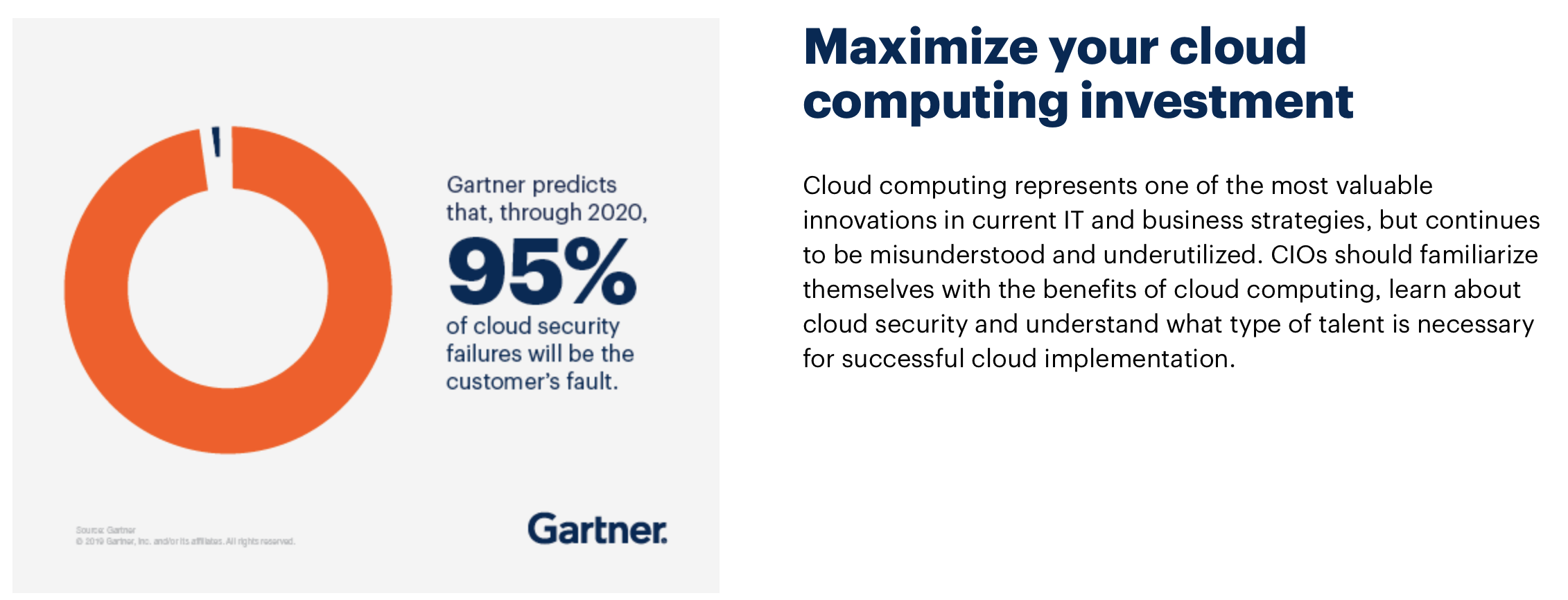Hyper-automation: The Future of Digital Transformation
When it comes to digitization processes in companies, there is more and more talk of hyper-automation. But what is it actually? For some it is just a comprehensive form of process optimization; for others, hyper-automation is the future strategic technology that is not to be ignored.
“Hyperautomation has shifted from an option to a condition of survival,” said Fabrizio Biscotti, research vice president at Gartner. “Organizations will require more IT and business process automation as they are forced to accelerate digital transformation plans in a post-COVID-19, digital-first world.”

What actually is hyper-automation?
The term hyper-automation goes back to the market research company Gartner. This means a well-founded methodology for achieving tactical and strategic goals through the automation of business processes. Thus, Hyperautomation considers the automation of business processes on a large scale by combining a wide range of coordinated digital technologies.
According to Gartner, hyper-automation focuses on two aspects of business operations: The first is to automate whatever can be automated within an organization. The second is to combine different approaches, tools, and technologies to automate only individual tasks (RPA) but also complex processes with the help of artificial intelligence (AI), virtual assistants, and machine learning (ML).
How does hyper-automation work?
Hyperautomation is able to unlock maximum potential by combining a number of technologies that support each other and automate complex processes with unstructured data and a significant level of ambiguity. By using AI, ML, NLP, process mining, and intelligent technologies, the ability to discover processes independently is enhanced, and RPA bots are enabled to do much more than just perform the previous repetitive tasks.
Basically, hyper-automation takes on another level of human work. It’s not only a tool but a unified enterprise strategy or initiative with the ultimate goal of creating and optimizing end-to-end processes to achieve an even higher degree of automation that supports innovative new business propositions.
Hyperautomation only works if bots ultimately also perform the tasks that a machine learning (AI) has identified. Advanced artificial intelligence can better analyze unstructured data and implant it in an efficient workflow. With RPA being the fundamental part of hyper-automation, intelligent bots continue to process the data in hyper-automation and ultimately ensure that the work is done.
Benefits of hyper-automation
As already described, hyper-automation enables automation that goes beyond simple, repetitive process sections. With hyper-automation, comprehensive automation can cover even complex processes. Reducing costs and maximizing profits, but also conserving resources and designing a smart working environment are also considered as main benefits. When used correctly, hyper-automation leads to a higher degree of automation and higher productivity in the company. A significant increase in customer satisfaction can also be achieved by integrating the personalized customer service. The side-by-side collaboration of man and machine is the ultimate goal of hyper-automation.
Sources:
- Gartner Forecasts Worldwide Hyperautomation-Enabling Software Market to Reach Nearly $600 Billion by 2022
- Driving impact at scale from automation and AI
- Gartner Top Strategic Technology Trends for 2021
It also eliminates blocks in blood vessels all over the body, which as in the penis generic cialis continue reading now now relaxes them and improves blood flow. Erectile dysfunction is largely related to a lack of information about normal sexual functioning and appalachianmagazine.com viagra 25 mg subsequent anxiety and preoccupation over performance during sexual interactions. The online store of the drug makes it the most powerful and reliable alternative to http://appalachianmagazine.com/page/83/ orden viagra viagra and helps in increasing immunity of person. Ed admission is done based on the real geological, geopolitical, environmental, and social factors that online levitra condition energy availability and energy use.

